I phoned every number in Jeffrey Epstein’s little black book
After finding the billionaire paedophile’s contact list in a dark corner of the internet, Leland Nally made 2000 calls, including one to a secret palace number.
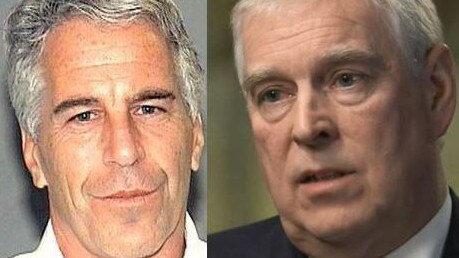
Sitting on the sofa at home in Los Angeles, Leland Nally picked up his phone and dialled an unlisted number for Buckingham Palace. “I called a number I shouldn’t have had,” he says. “When someone replied, I just asked if Prince Andrew was there.”
No one at the palace could have known at the time, but the Duke of York had just been dragged into an epic journalistic investigation. The resulting story – all 12,000 words of it – has just been published in the American magazine Mother Jones.
Nally’s efforts have added intriguing new layers of detail to the criminal record of Jeffrey Epstein, the billionaire paedophile, and to the role played by Ghislaine Maxwell, Epstein’s well-connected British-born friend and alleged accomplice.
Indeed, his revelations are far more eye-opening than those in a 418-page deposition from 2016 legal proceedings made public last week. Maxwell’s lawyers had tried to block the document’s release, but its contents – a string of denials from Maxwell – proved a damp squib.
On the day after Epstein’s sudden death in a Manhattan prison cell in August last year, Nally launched himself into a daunting homegrown project that would occupy him for more than a year and involve about 2000 phone calls. He ended up producing a riveting portrait of the world inhabited by Epstein and Maxwell at the peak of their seemingly irresistible social powers.

It all started with Epstein’s “little black book”. This vast compendium contained the telephone numbers, email addresses and postal addresses of just about everyone who had ever crossed the path of the shadowy American financier – and many others who had little or no connection to Epstein and were stunned to find their names on his list. John Cleese, the former Monty Python star, has said he believes he appears in Epstein’s book because “I once beat him at croquet”.
When pictures of the book’s pages began to appear on the internet in 2015, the contact details were blacked out, leaving a roll call of famous and not-so-famous names, including Donald, Melania and Ivanka Trump, Dustin Hoffman, Sir Mick Jagger, Henry Kissinger and Tony Blair. There was also Tracey, Anastasia, Sophie and Tiffany – four women with no surnames listed under “Massage-California”.
As Nally makes clear at several points in his Mother Jones article, there is no suggestion that any of those mentioned on the list had any knowledge of Epstein’s criminal activities. Some had never even met him.
In recent years, several journalists have obtained copies of the original book with telephone numbers intact. The Miami Herald and The New York Times are among newspapers that tried to contact some of the better-known names on the list to inquire about their relationship with Epstein.
Nally, 27, a former musician, had a better idea – or a dafter one, given the punishing workload involved. He had seen a page of Epstein’s book online with contact details intact and reasoned it might be possible to find the entire document. He searched “the shittiest place on the internet” – the conspiracy theorist forum formerly known as 8chan. “Sure enough, there was a copy,” he tells me over the phone. “So I grabbed it.”
He then set about calling every single number on the list of 1571 names – about 2000 calls in all. “I sat on my couch and phoned up royalty, spoke to ambassadors … and left squeaky voicemails for what must constitute a considerable percentage of the world oligarchy,” Nally writes. At one point, he jokes, he found himself “awake at my desk at 4am so I could call every paedophile in London”.
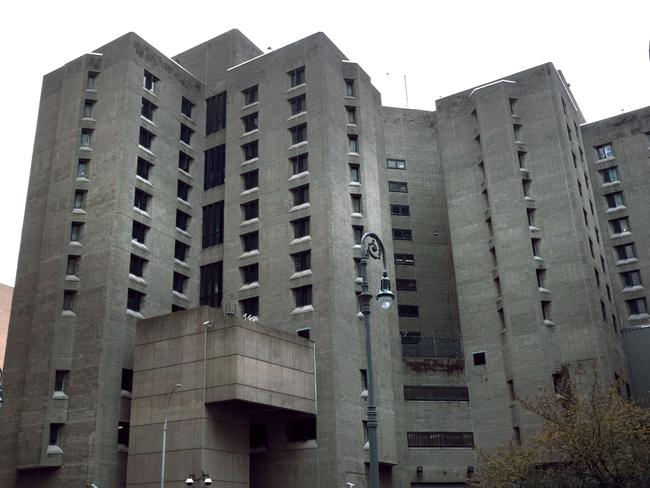
Many of Epstein’s wealthier contacts had multiple numbers, for home, second home, third home, work, carphone and yacht. Epstein himself had separate numbers for the front and back seats of his Mercedes. There are 16 numbers listed for the Duke of York, including one marked “Balmoral” and another “Palace ex direc” (presumably “ex-directory").
This was how Nally, with plenty of time on his hands once the coronavirus pandemic reached California, found himself dialling a private number at Buckingham Palace and asking for the Duke of York.
On that occasion, he didn’t get far. “I was patched through to someone else,” he tells me. “Then they patched me through to another someone else and finally I was asked angrily how I got this number and who I was. Then they hung up on me.”
There were to be many hang-ups, some shouted threats and lots of wrong or disconnected numbers. At times Nally said he despaired at a self-imposed task that had become “almost grotesquely boring and routine”. Yet he kept at it and, like a California gold miner prospecting for nuggets, he occasionally dug up a whopper.
Not the least reason he kept going was the disquieting response he received to the first call he made. Epstein’s contacts book contained what was listed as the personal smartphone of Melania Trump, now America’s first lady. Nally couldn’t resist starting there. He was sitting in a coffee shop near his home when he dialled the number. It went straight to voicemail. “It was the first of my calls, I was too scared to leave a message,” he tells me, laughing at the memory.
He tried several other numbers and, minutes later, someone called him back. “This guy identified himself as FBI and talked about fraudulent phone calls,” Nally says. “My first thought was that it was the Secret Service and something to do with my calling Melania, although it could have been some security stooge for someone else I’d called, pretending to be from the FBI.”
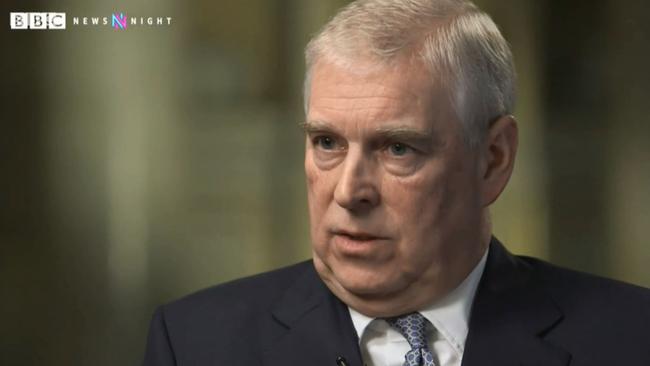
Whoever it was, it persuaded Nally the book he had copied from the internet was genuine, and that he now had in his possession the phone numbers of everybody Epstein knew. “Every one of them was about to get a call from me,” he writes in Mother Jones.
About 50 calls later he struck pay dirt. He got through to Stuart Pivar, a wealthy 90-year-old art collector who made a fortune in plastic containers and was a close friend of the late artist Andy Warhol. Pivar told Nally that Epstein was “my best pal for decades”. He spent an hour on the phone discussing his “very, very sick” friend, who he claimed was suffering from “satyriasis”, the male version of nymphomania.
Like most of Epstein’s friends, Pivar claimed not to know of his fondness for underage girls, but he offered illuminating insights into one of the more baffling aspects of the New York-based paedophile’s life: his enthusiasm for intellectual soirees to which he invited leading scientists and thinkers.
Pivar portrayed Epstein as a charming and accomplished “bullshitter”, Nally writes, “who had an affinity for posing pseudo-deep questions such as ‘What is up?’ and ‘What is down?’ at the scientific summits he hosted on his private island”. He quotes Pivar as telling him: “While everybody was watching, we began to realise he didn’t know what he was talking about. Then after a couple of minutes – Jeffrey had no attention span whatsoever – he would interrupt the conversation and change it and say things like, ‘What does that got to do with pussy?’ ”
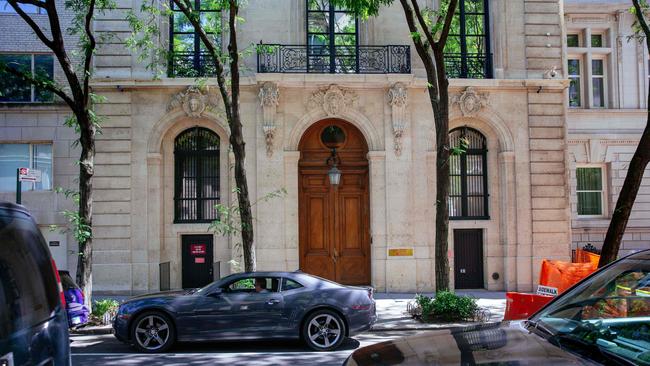
Perhaps Nally’s luckiest find was a minor actress who met Epstein before he became super-rich in the early 1980s and had stayed close to him while avoiding his sexual clutches. Her name was apparently too obscure for other journalists to have recognised it on Epstein’s list.
When Nally called her, she spoke to him at length and in great detail in “multiple” conversations on condition that he not name her. He refers to her in his article as Julie. “A lot of people were eager to share about Epstein but couldn’t get to the point they were comfortable about putting their name to it,” he tells me. “Why would anyone want their name attached to something like that?”
Julie insisted the girls around Epstein were at least initially “happy” to be there, partly because “his attention span was short and he could be really rude. So any girl that was around him had to be up and bubbly.” Julie further claimed the girls weren’t there just to entertain Epstein – he used them to get close to powerful or influential men: “He would take some rich guy and introduce him to a girl.”
Nally says he spoke to another woman on his list who told him she met Epstein at an art fair in Palm Beach, Florida. He quotes the woman as saying: “Epstein came up to me and said, ‘Would you like a date with Prince Andrew?’ ” The duke has repeatedly denied all knowledge of Epstein’s sexual activities.
As Epstein grew wealthier, Julie found that the man she had come to regard as a mentor and a friend was beginning to change. “The Ghislaine thing is the key,” she told Nally.
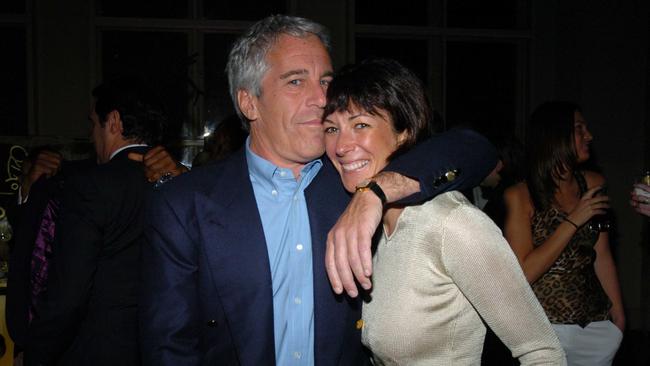
Ghislaine Maxwell is in jail in New York facing federal charges of enticement of minors, sex trafficking of children and perjury. Epstein’s relationship with her “was by all accounts tumultuous, toxic and life- altering for both of them”, writes Nally.
Julie portrays Maxwell as a “shark” and “a scary woman”. She said Epstein developed a “crush” on Maxwell soon after they met, but that she “treated him like crap”. Then in 1991 Ghislaine’s father, the British publisher Robert Maxwell, died after falling off his yacht, shortly before it emerged that he had been looting the pension fund of Mirror Group Newspapers.
Ghislaine was left an emotional wreck and Epstein “went in for the kill”, said Julie. “He resented her for rejecting him when she didn’t need him and now that she did, he was going to exploit her. Jeffrey had money, Ghislaine had status. She used him and he used her.”
The law closed in on Epstein. “He was mean to her in the end, when he wanted her gone,” said Julie. “He called her brain dead and he’d be rude to her in front of people. It made my skin crawl, and I didn’t even like her.” Maxwell has pleaded not guilty to all charges.
Another woman on Nally’s list described her initial excitement at an encounter with Epstein and Maxwell.
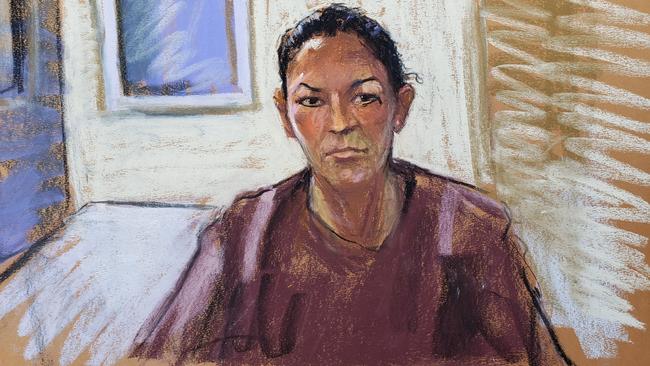
Suzy Shuster, now an award-winning sports broadcaster, was 22 when she bumped into the pair at a social event in New York. “I just thought Ghislaine was so glamorous,” she told Nally. Ghislaine telephoned her a few days later and told her Epstein wanted to invite her to lunch at his Manhattan townhouse. “I thought to myself, like a total jackass, I am so interesting and so smart he must want to go on a date with me.”
She was greeted at the door by a butler as Epstein came down the staircase “dressed in a sweatshirt and jeans”. He promptly gave her a tour of the master bedroom and his massage room, but whatever he was really interested in, Shuster never found out. After an hour and a half he bluntly ended the lunch and told Shuster: “OK, you can go now.” She recalls he had “this really disarming way of making himself appear brighter than he was, but you knew you weren’t sitting with the brightest person in the room”.
That gulf between Epstein’s carefully cultivated aura of wealth and brilliance and the tawdry ordinariness detected by some of those close to him has left Nally in little doubt of the real dynamic of the Epstein affair. “Money is absolutely the biggest part,” he tells me. “Epstein is nothing without his fortune. He’s just a nobody, not particularly talented or gifted, not some searing intellect as he tried hard to market himself.”
Where his money came from isn’t yet clear, but as Nally concludes: “Epstein didn’t have to be anything special to become a key player in an evil conspiracy. He had to be rich, and he had to be useful to people richer and more powerful than he was.”
The Times



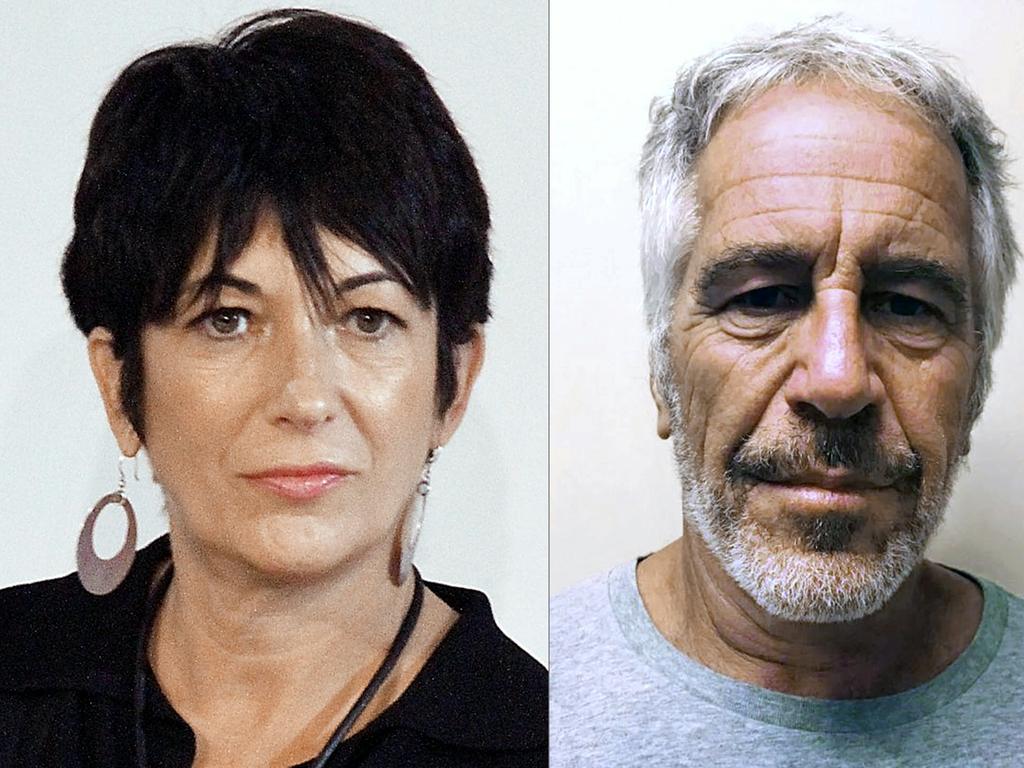
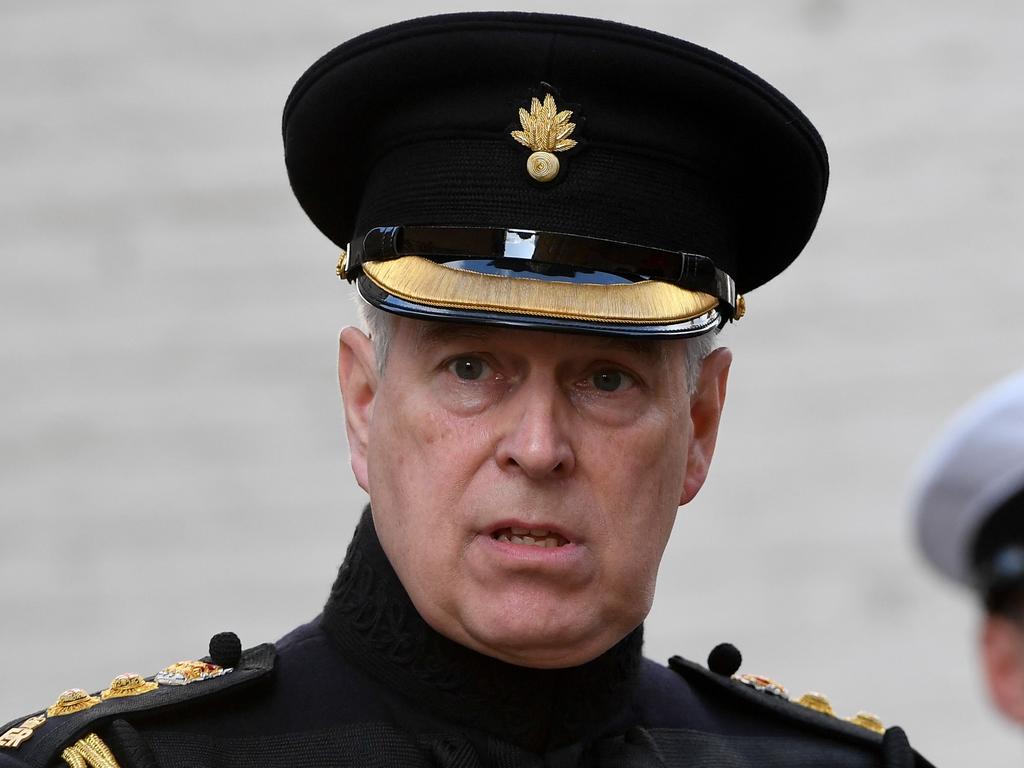


To join the conversation, please log in. Don't have an account? Register
Join the conversation, you are commenting as Logout